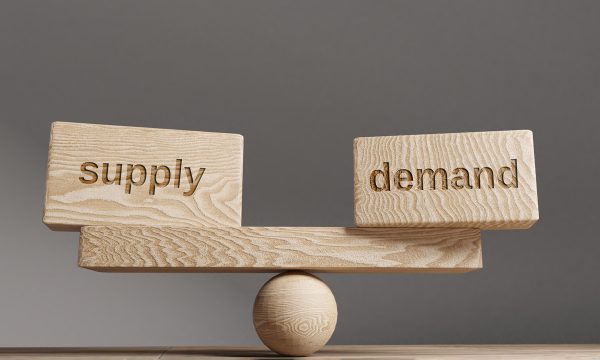Planning for growth in the retail automotive space requires assessing the risks you might face

Professional boxer Mike Tyson has a famous quote: “everyone has a plan until they get punched in the mouth.”
I love this one. To me, this truly articulates what defines true champions. It really speaks to your ability to be nimble when faced with unexpected challenges.
Does this also mean that businesses should move away from planning and forecasting? Absolutely not! It just means you need to be more creative and agile about it.
The first step is to define your organizational risks. This includes the amount and type of risk the organization is comfortable taking, considering your shareholders goals.
It also looks at uncertainties that can negatively impact your outlook and objectives. Consider things like operational risk, financial risk, regulatory compliance, and overall economic risk too. This should be done more than just once a year. Arguably, you want to review these in detail at least once per quarter.
- Will inventory pipelines open or remain slow moving?
- How does the increasing interest rate environment impact your customer buying patterns?
- How does the increased carbon tax affect your dealership’s ability to sell cars?
The more you consider the better prepared you can be for unexpected events.
Next start the planning process. I recommend taking a top-down approach. Consider both long-term and short-term goals and build out KPI’s to track your progress. Make sure they are aligned and that you can take actionable steps toward achieving those objectives.
Note, however, that your goals can and should be “big” in nature. They should be somewhat far reaching and should cause some level of forward thrust within your organization. You can’t just maintain status quo — you must be driving your organization forward.
Your team will spend a considerable amount of time, energy, and resources building these plans. You will need to forecast the financial resources required to grow and explore the implications of various scenarios.
Forecasters concentrate on the most likely outcomes but need to also worry about unlikely ones as well. If you think ahead on what might go wrong, you are less likely to ignore warning signs and can respond faster.
Planning for growth, either organic or by acquisition, will lead to a greater need for investments in operating assets, such as property, plan and equipment, and net working capital.
A firm’s internal growth rate is the maximum amount a company can grow without requiring external financing. This is a finite amount so if you’re planning to grow faster you will need to build relationships with external lenders.
If you think ahead on what might go wrong, you are less likely to ignore warning signs and can respond faster.
That is, you will need to build a capital stack to fund your growth. This can come from banks, credit unions, external investors, venture capitalists or other non-traditional sources. If you plan to buy another dealership in the next 12 months, you need to work on this now to ensure funds are available.
If you can’t obtain external funds, then you need to pivot your focus internally to generate this growth. Focus on increasing working capital and speeding up operating and cash conversion cycles.
Your operating cycle is the period from the purchase of inventory to the collection of cash from the sale of those goods. Cash conversation is the period from the payment of materials purchased and the collection of cash on their sales. As you can see, both these metrics relate to liquidity. More liquid organizations are better positioned for growth and acquisition.
Today’s retail automotive industry is seeing more mergers and acquisitions than ever before. Companies are acquired to create synergies and solve for human capital inefficiencies.
Sources of synergies stem from increased revenues, economies of scale, vertical integration, the combination of complimentary resources, reduced taxes, or deployment of surplus funds.
In theory, every merger will benefit the acquiring company but its impact will be limited if you overpay. Today’s multiples run between six to eight times EBITDA so it’s important to choose wisely and move forward only if a clear path to success exists.
Understanding business risks and planning around them is a key part of organizational success.
This is not a once-a-year exercise but rather one that should be constantly evaluated. Get the right people in the room — representatives from your financial, operational, and human capital departments.
Everyone plays a role in solving for these unknowns. Work together and plan your path to success.















